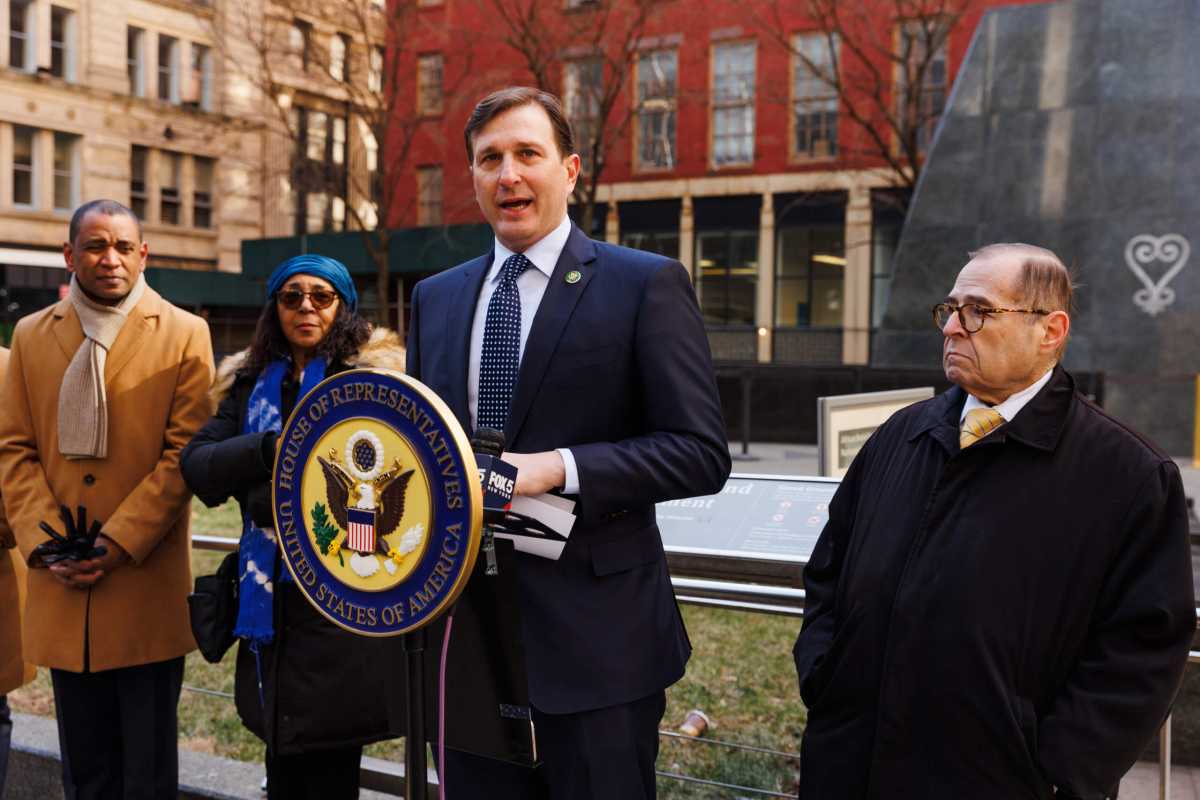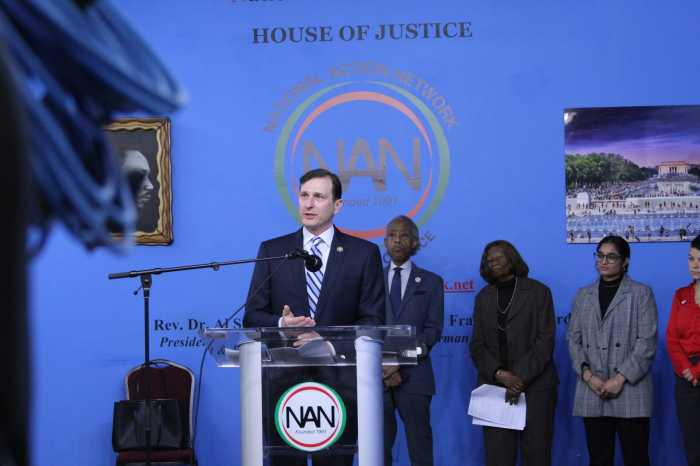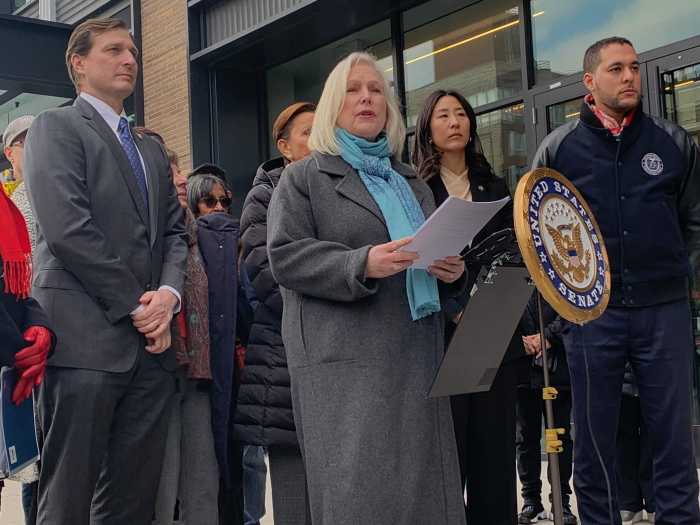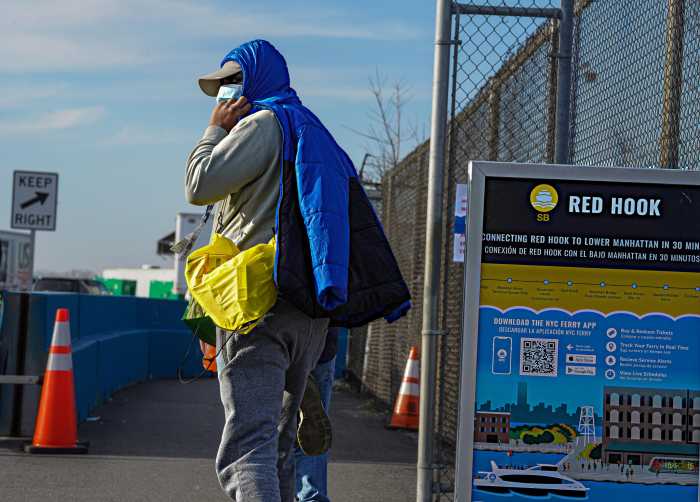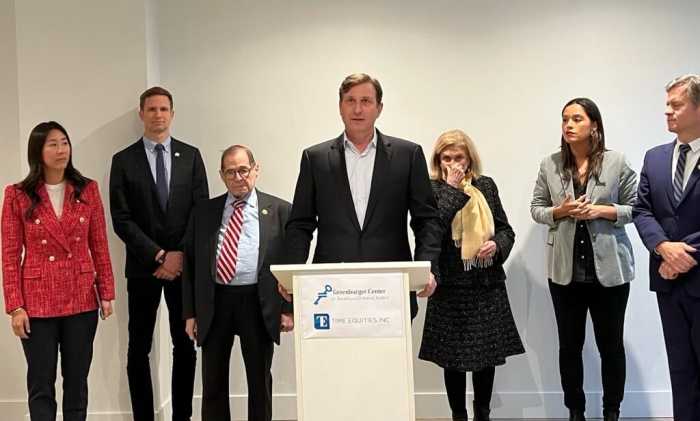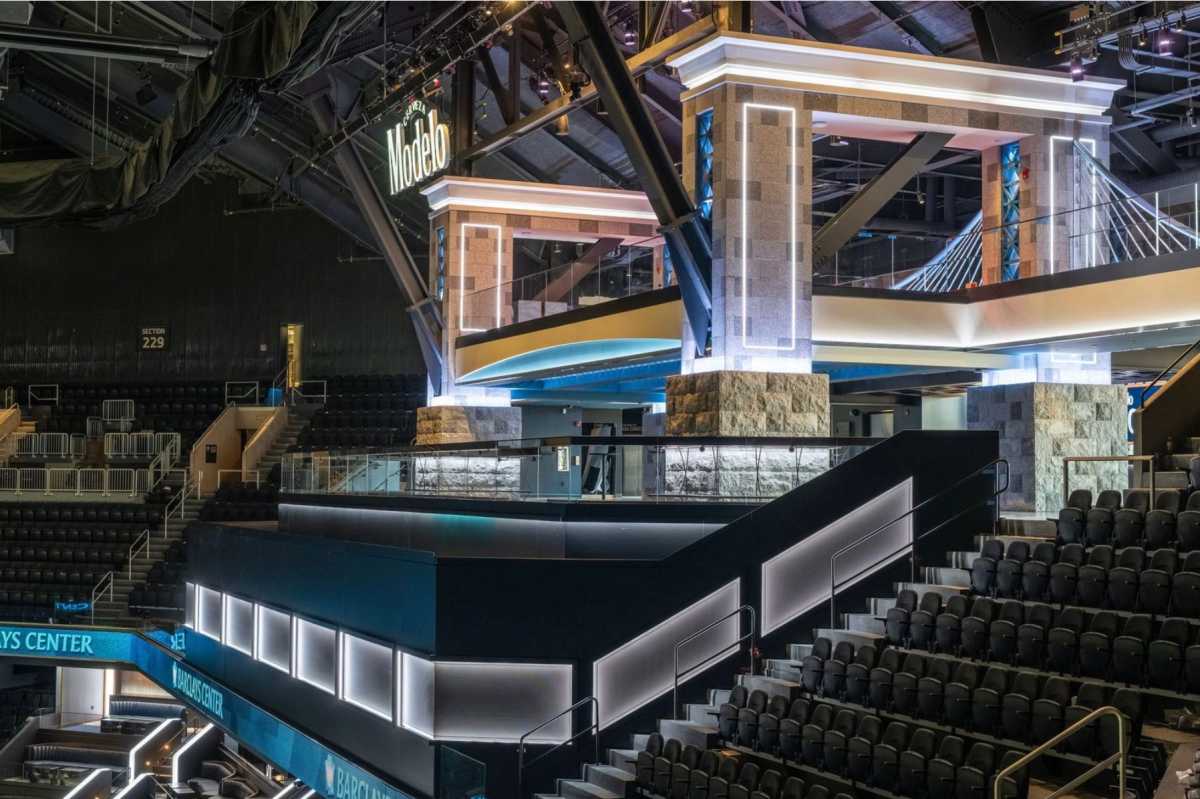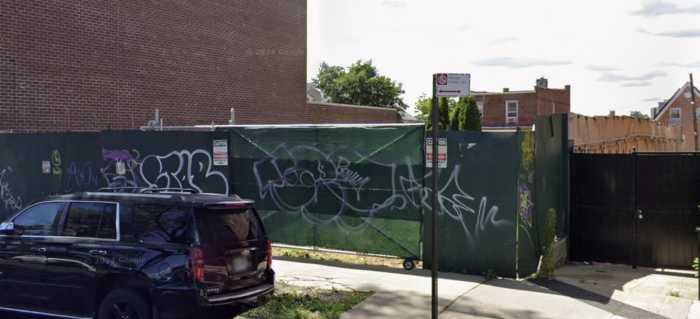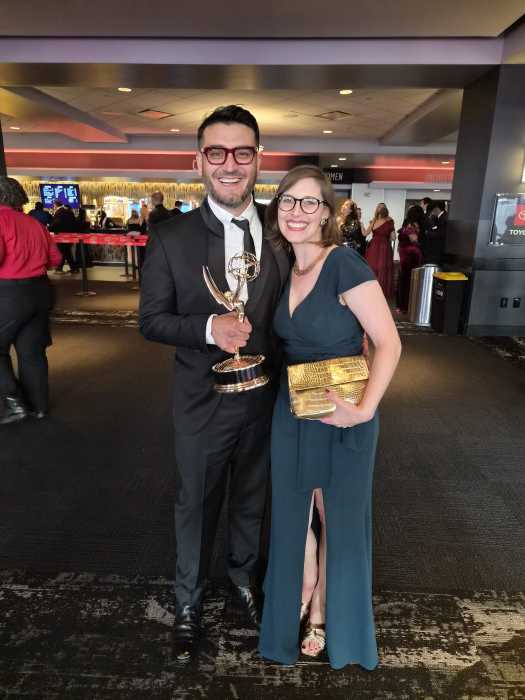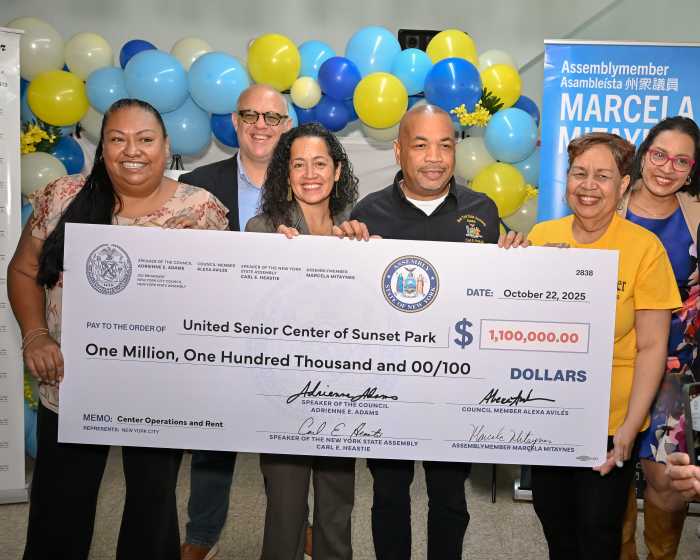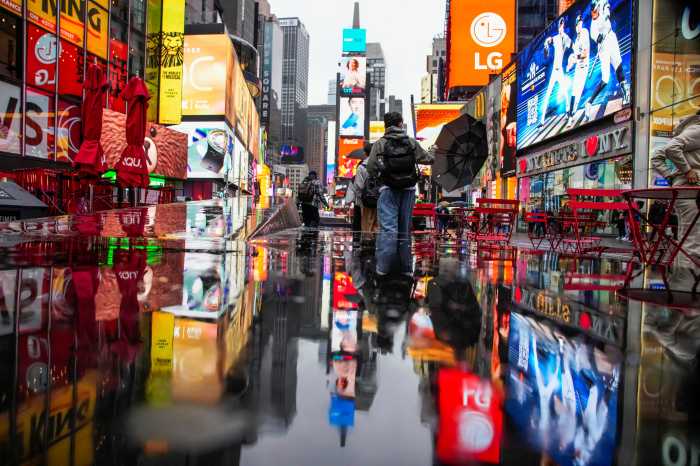Congress Member Dan Goldman (D-Manhattan, Brooklyn) introduced a bill on Monday to build a museum and education center on the site of a massive African burial ground in Lower Manhattan, including $15 million for the museum’s first year that could go toward any aspect of getting it up and running.
In addition to the $15 million, the bill — dubbed the “African Burial Ground International Memorial Museum and Educational Center Act” — also includes unspecified amounts for subsequent years and “such sums necessary” for acquiring a site and building the structure.
Goldman unveiled the renewed legislative push alongside Nadler on the site of the African Burial Ground National Monument at 290 Broadway on Monday morning. During his remarks, Goldman emphasized the importance of highlighting Black history now, because of the conservative push to limit Black history curriculums in schools across the country.
“I am introducing the African Burial Ground International Memorial Museum and Educational Center Act, so that we can establish a Museum and Education Center here at this site and pass on the lessons in memory of everything that it symbolizes,” Goldman said.
“Black history is American history, which is why now more than ever, as Black history comes under attack from extreme conservatives who would like to whitewash the history of our nation, we must work to uplift that history,” he added. “And most importantly, we must face that history and learn from it.”
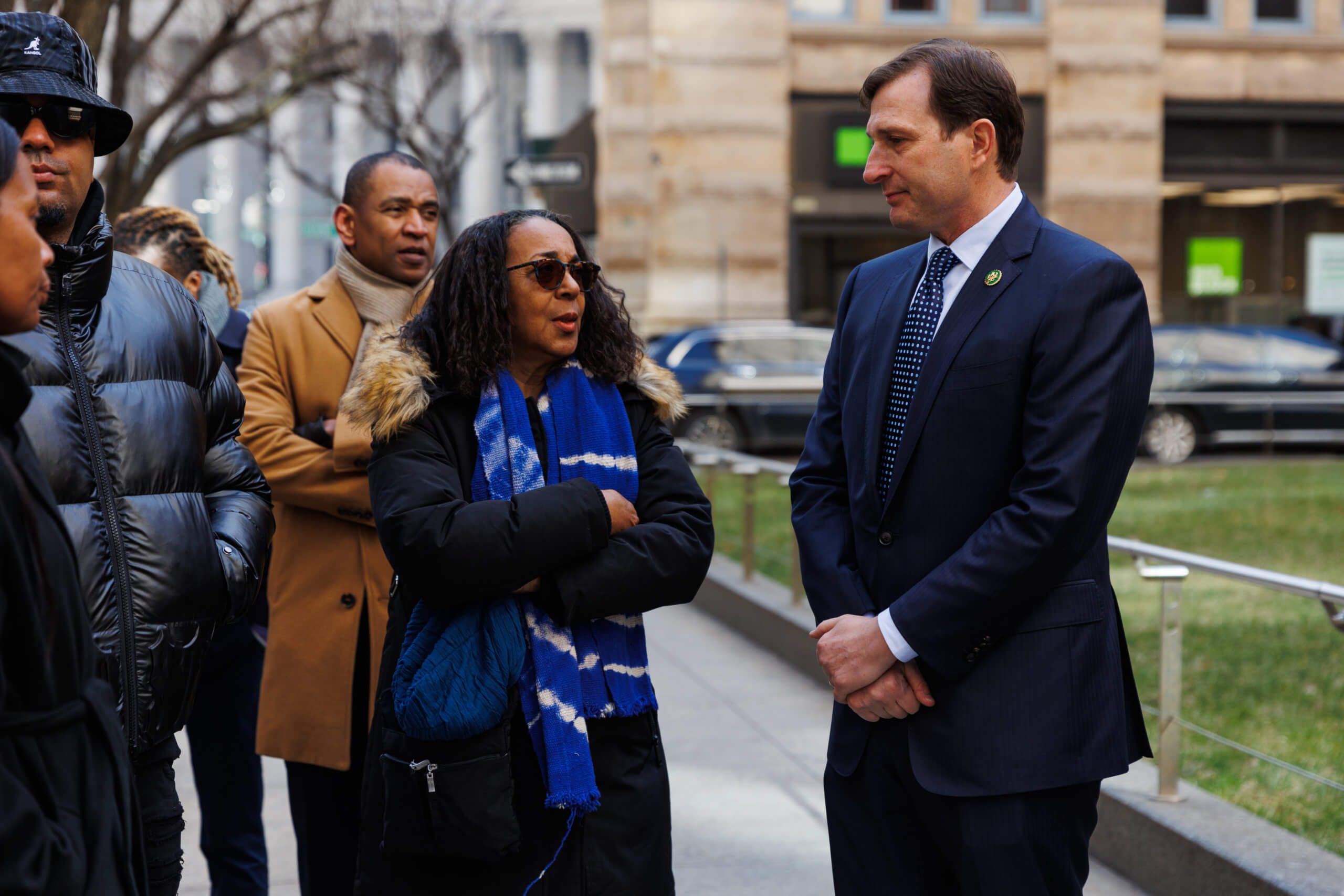
The monument, which was built in 2007, memorializes an estimated 15,000 free and enslaved and free Africans who were buried in a six to seven-block radius around it during the 17th and 18th Centuries.
The Congress member is re-introducing the legislation after it was carried by his colleague, Jerry Nadler (D-Manhattan), who first introduced it — along with then U.S. Senator Hillary Clinton — in 2007.
Nadler, who was also in attendance on Monday, passed the torch to Goldman, as he no longer represents the burial ground, but remains one of the bill’s co-sponsors. U.S. Senator Kirsten Gillibrand has carried the legislation in the Senate since Clinton left office in 2008.
“For 15 years, this monument has honored the African Burial Ground,” Nadler said. “However, we will never lose sight of the need for a world class museum, education and research center.”
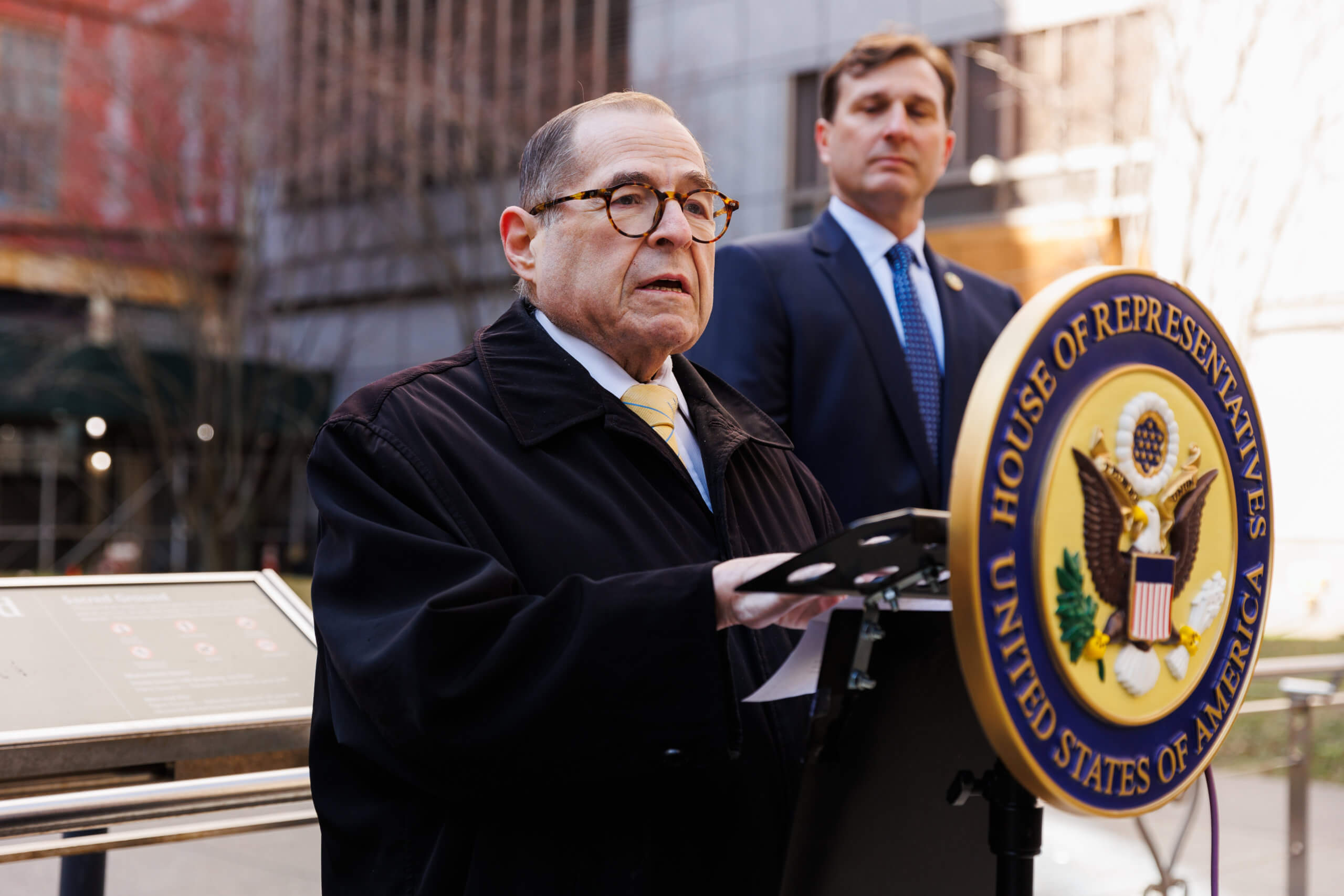
“The museum is needed to tell the untold stories of those who helped build New York City and shed light on their perseverance and strength of character in the face of unbearable hardships, discrimination and of course, exploitation,” he added.
Ayo Harrington, founder of Friends of the African Burial Ground, said the Africans whose remains were found at the site, suffered many of the same injustices as those who were enslaved in the south.
“Scientists who examined the African Burial Ground graves found enslaved Africans lived agonizing lives here in New York City,” Harrington said. “They were overworked, underfed, diseased. While freed Africans existed in colonial New York, their rights were restricted. And 95% were enslaved and forced to build the city, performing back-breaking work, clearing land widening roads, building houses, bridges, mills and the first City Hall.”
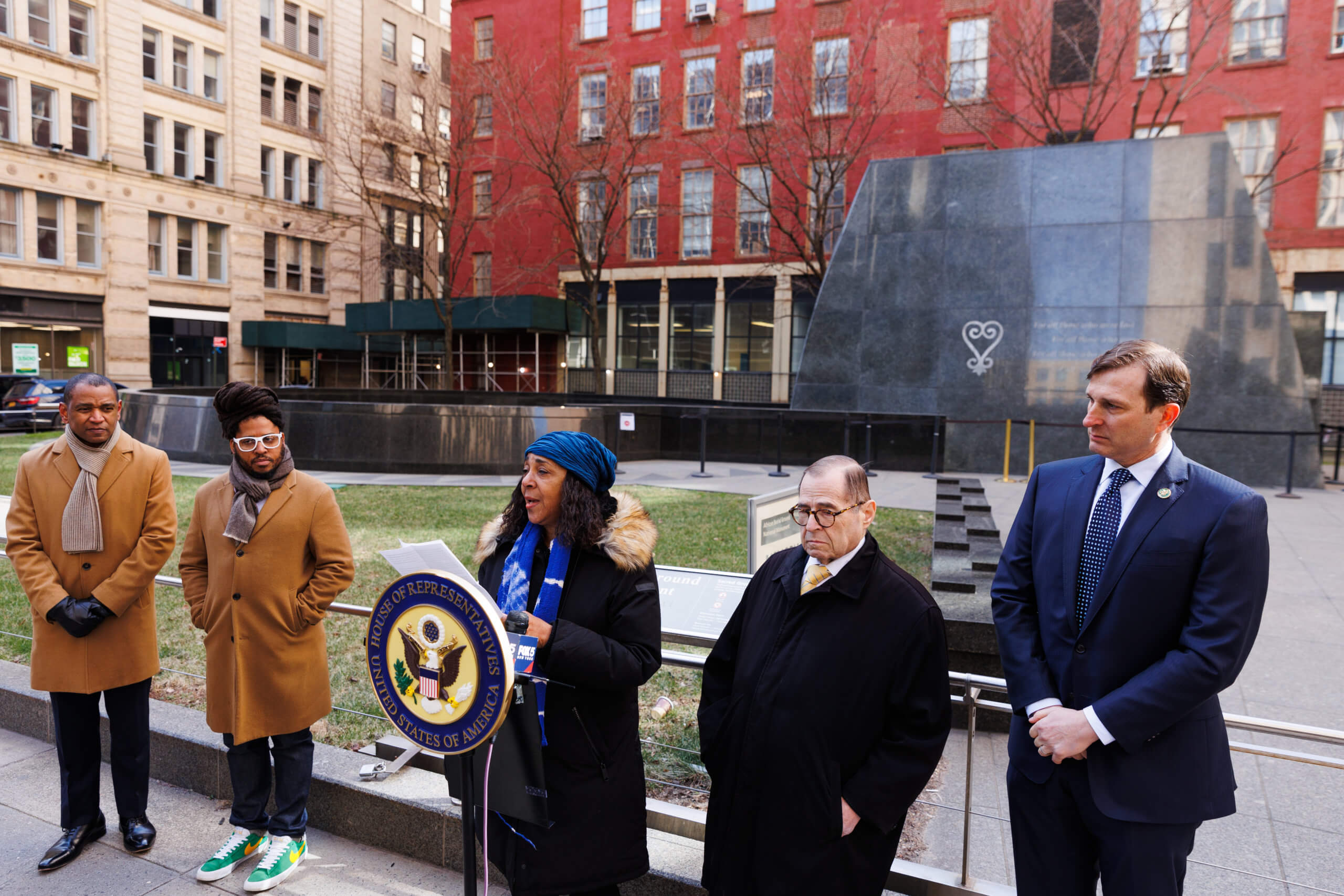
The bill would establish a Burial Ground Advisory Council, which would consult with the National Park Service, who’ll be charged with running the museum, according to Goldman’s office. It’ll also be a sister site to Washington D.C.’s National Museum of African American History and Culture.
A location hasn’t yet been chosen for the museum, but Harrington said it’ll reside “somewhere in this neighborhood.” Three sites in the area are currently being considered, she added, but choosing a location depends on how much money ultimately gets appropriated.
“I mean it’s going to take the money,” she said. “We can look at spaces and if they’re city or government owned, legislators in government can talk to the agencies and say ‘can you put a bookmark on it?’”



